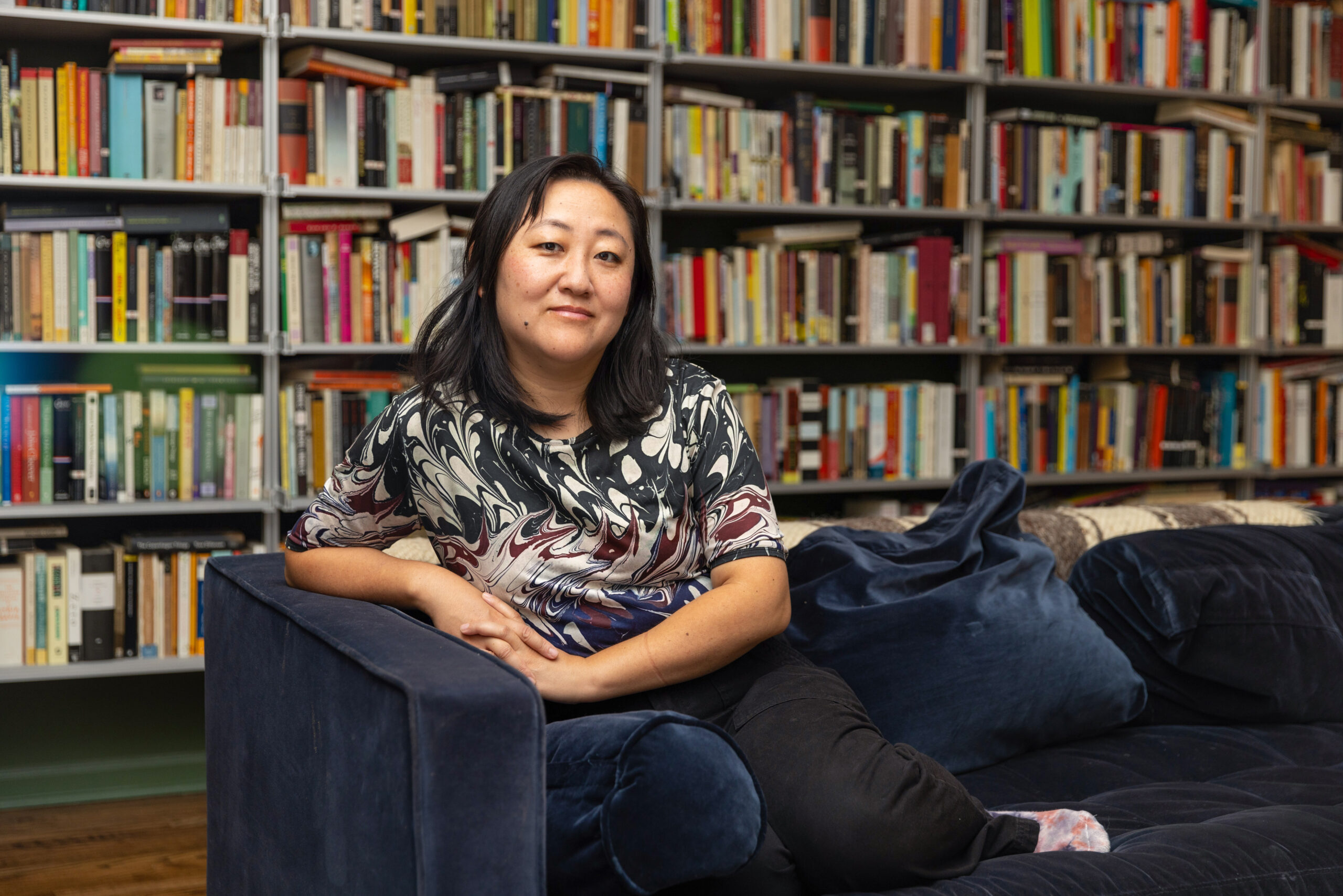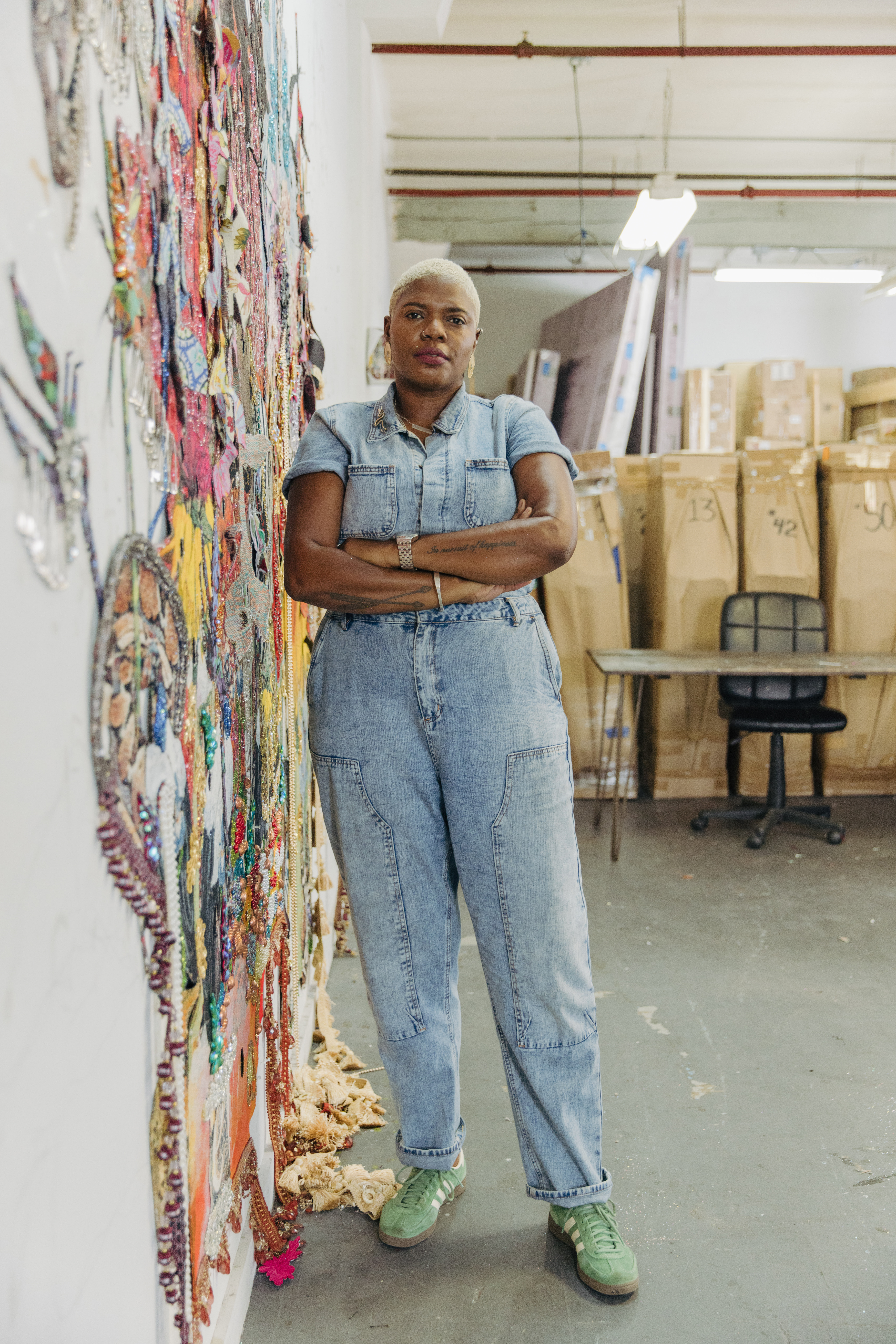Twenty-two individuals just received one of the world’s most prestigious grants for creative and intellectual excellence, the MacArthur Fellowship.
Among them are three incredible Midwesterners: fiction writer Ling Ma, multimedia artist Ebony G. Patterson, and historian of modern India, Shailaja Paik.
Often called the “genius” award, it is a program of the MacArthur Foundation which aims to celebrate and inspire creative potential.
Each MacArthur Fellow receives a “no strings attached” award of $800,000, paid out over five years.
So, who are these Midwestern luminaries?

Ling Ma: Imagining Alternate Realities
Ma’s work is all about alternate realities. In her fiction, she plays with familiar situations, adding a touch of the fantastical.
She explores the “awkward, gawky,” and even ugly parts of the human experience—the bits we might not usually talk about.
“One reason that fiction is powerful is that it’s able to imagine alternate realities in which our buried selves our allowed to exist,” says the awardee in an interview with MacArthur Foundation. “It allows for many different versions of your story to emerge.”
Her notable works include Severance (2018), which was shortlisted for the 2019 Hemingway Foundation/PEN Award, and Bliss Montage (2022), the winner of the National Book Critics Circle Award for Fiction.
MARLIES CARRUTH, DIRECTOR, MACARTHUR FELLOWS“The 2024 MacArthur Fellows pursue rigorous inquiry with aspiration and purpose. They expose biases built into emerging technologies and social systems and fill critical gaps in the knowledge of cycles that sustain life on Earth.”
Shailaja Paik: Unearthing Stories of the Marginalized
Shailaja Paik is a historian who sheds light on the stories of Dalit (“Untouchable”) women in India. Though the caste system was officially banned in 1948, its discriminatory practices remain.
Paik digs deep into the intersections of caste, gender, and sexuality in her work. “By studying the inequalities and the dehumanization of people, we can provide new ways to think about universal humanity and universal emancipation,” she says.
Paik centers Dalit perspectives in her work and is creating a new archive of oral histories from her decades-long fieldwork.
“To write and to understand the stories of the marginalized, the excluded, you need a different method,” she says in her interview with the foundation. “Because their stories are not archived. They are not documented.”

Ebony G. Patterson: Shining Light on the Invisible
Patterson layers and dazzles her pieces with intricate details and textures. Her multimedia works address themes of postcolonial space, visibility, regeneration and mourning.
“I’m interested in how dress and varying materials are used as tools of power, and how those tools are essentially used by those deemed socially invisible to carve themselves into presence,” she says.
In an ongoing series, Patterson explores how “bling” acts as a way to create visibility.
“For me, glitter is light,” she says in her interview with the foundation. “Bling is light. It becomes a way of creating a mode of illumination.”
